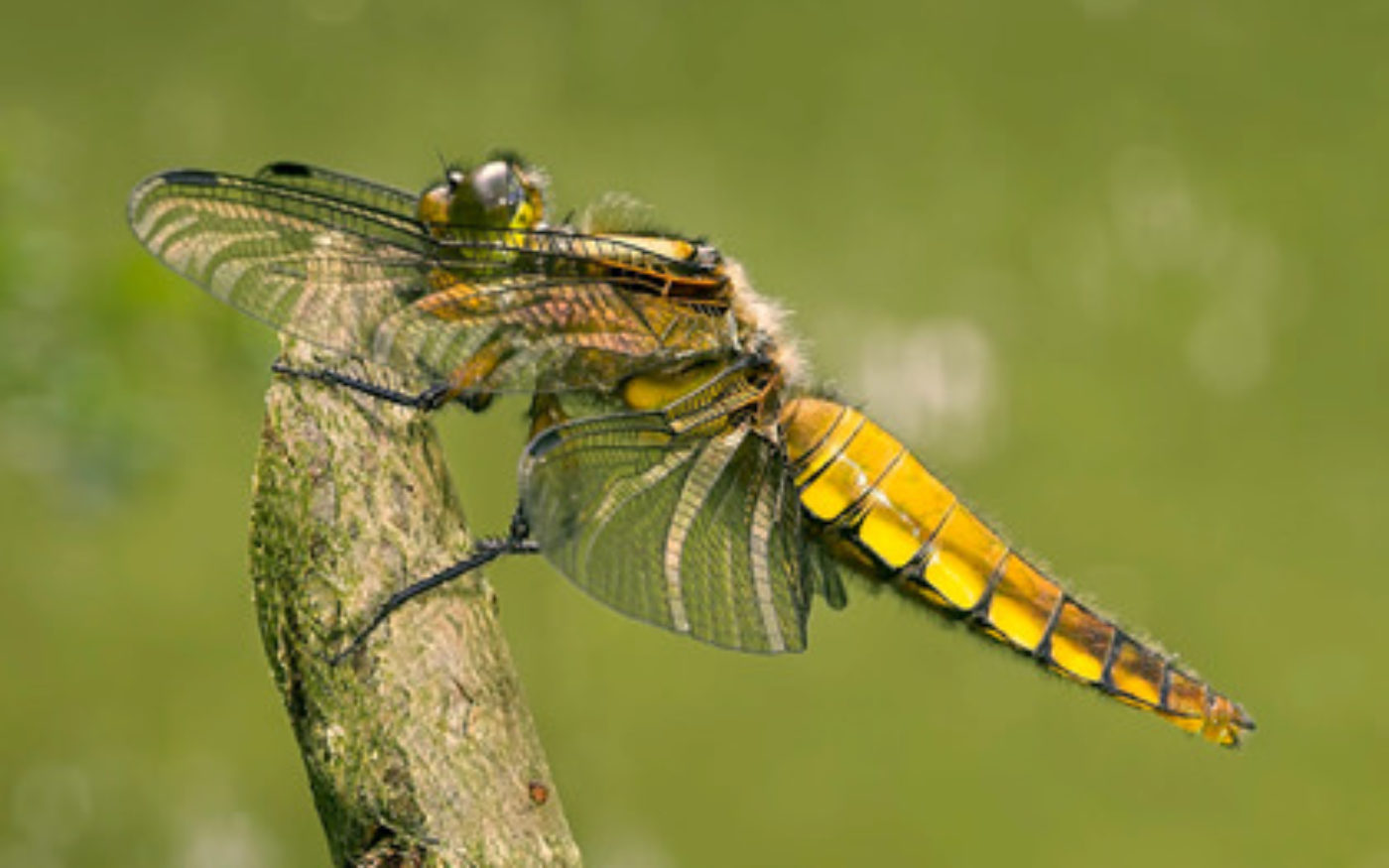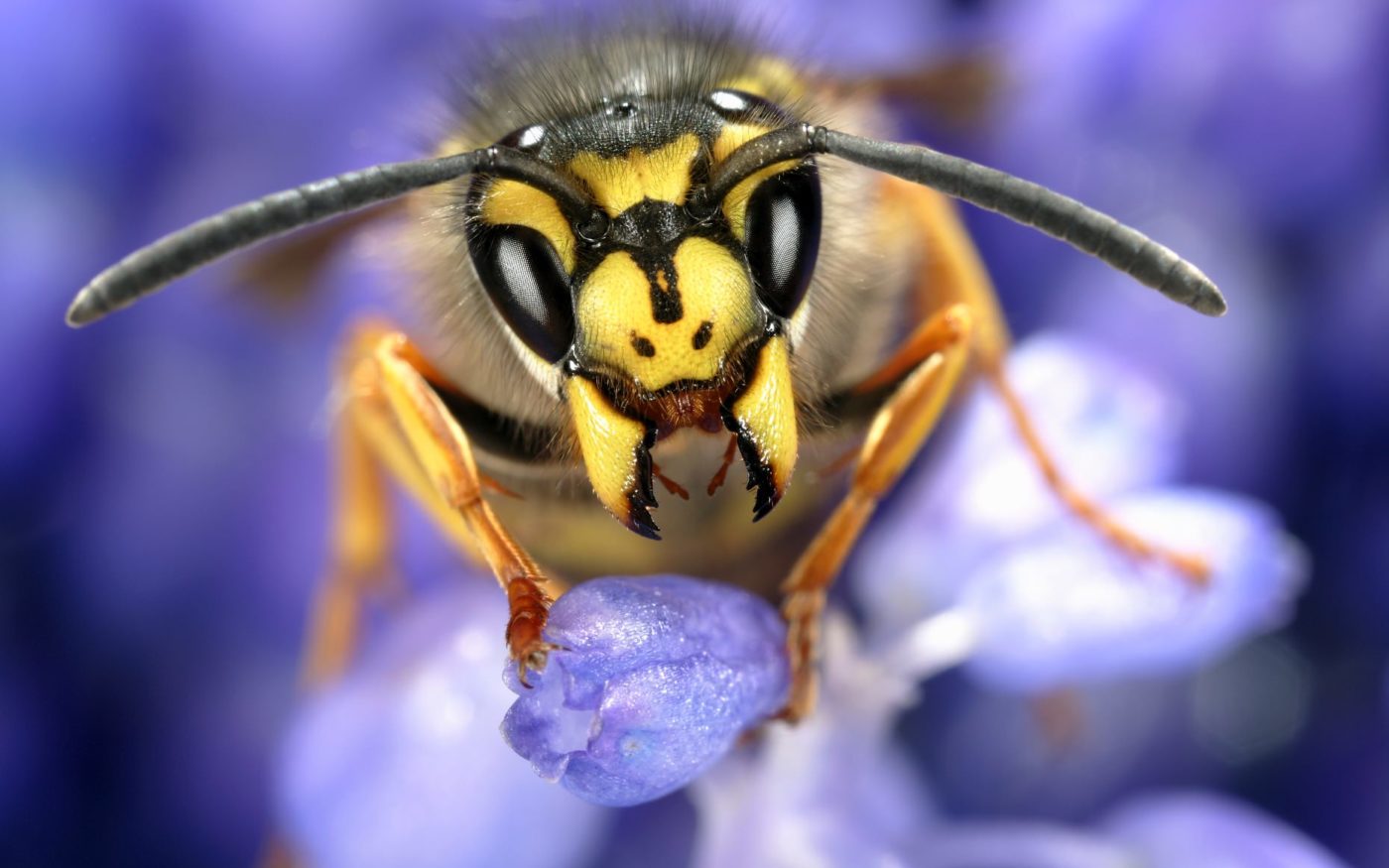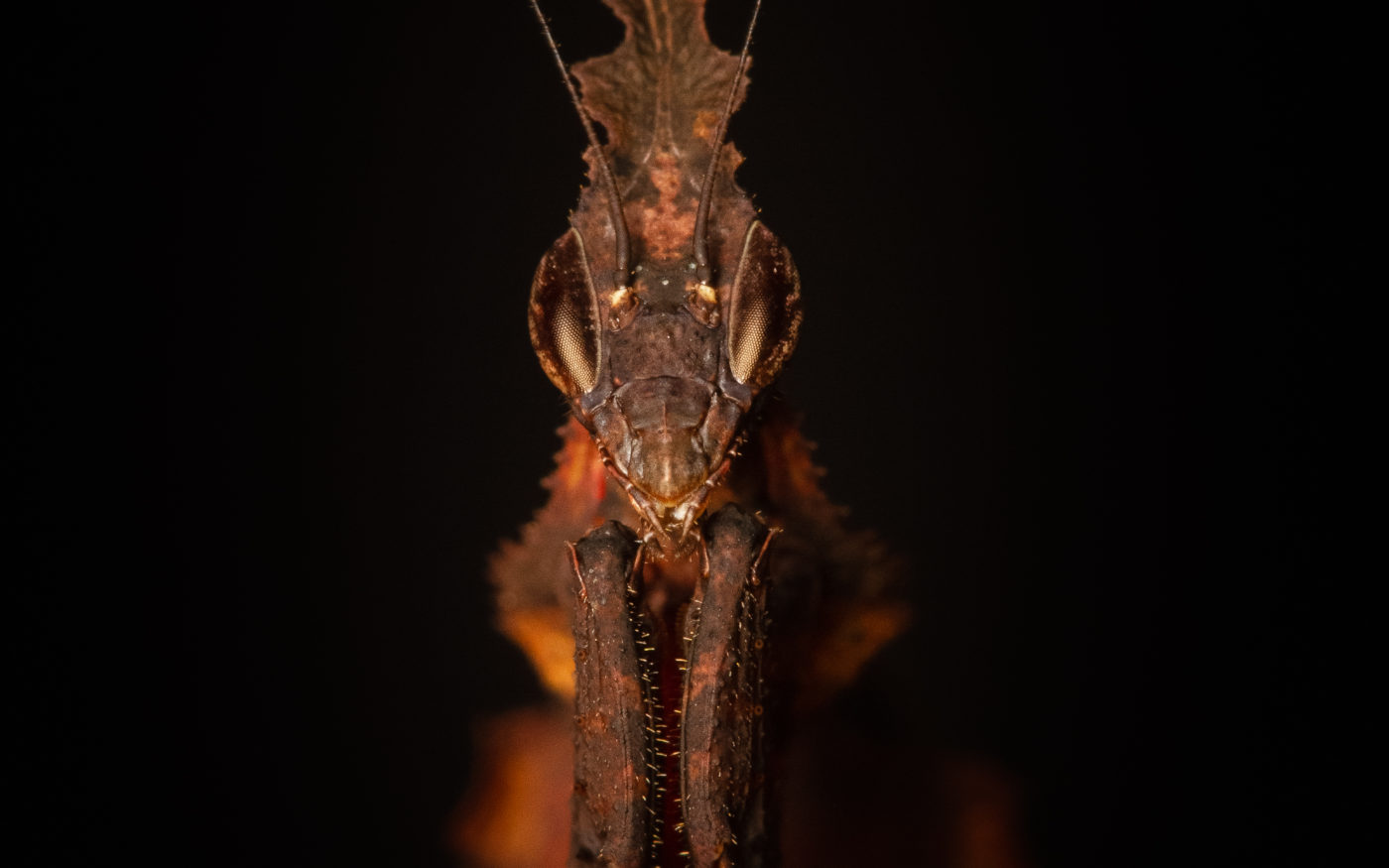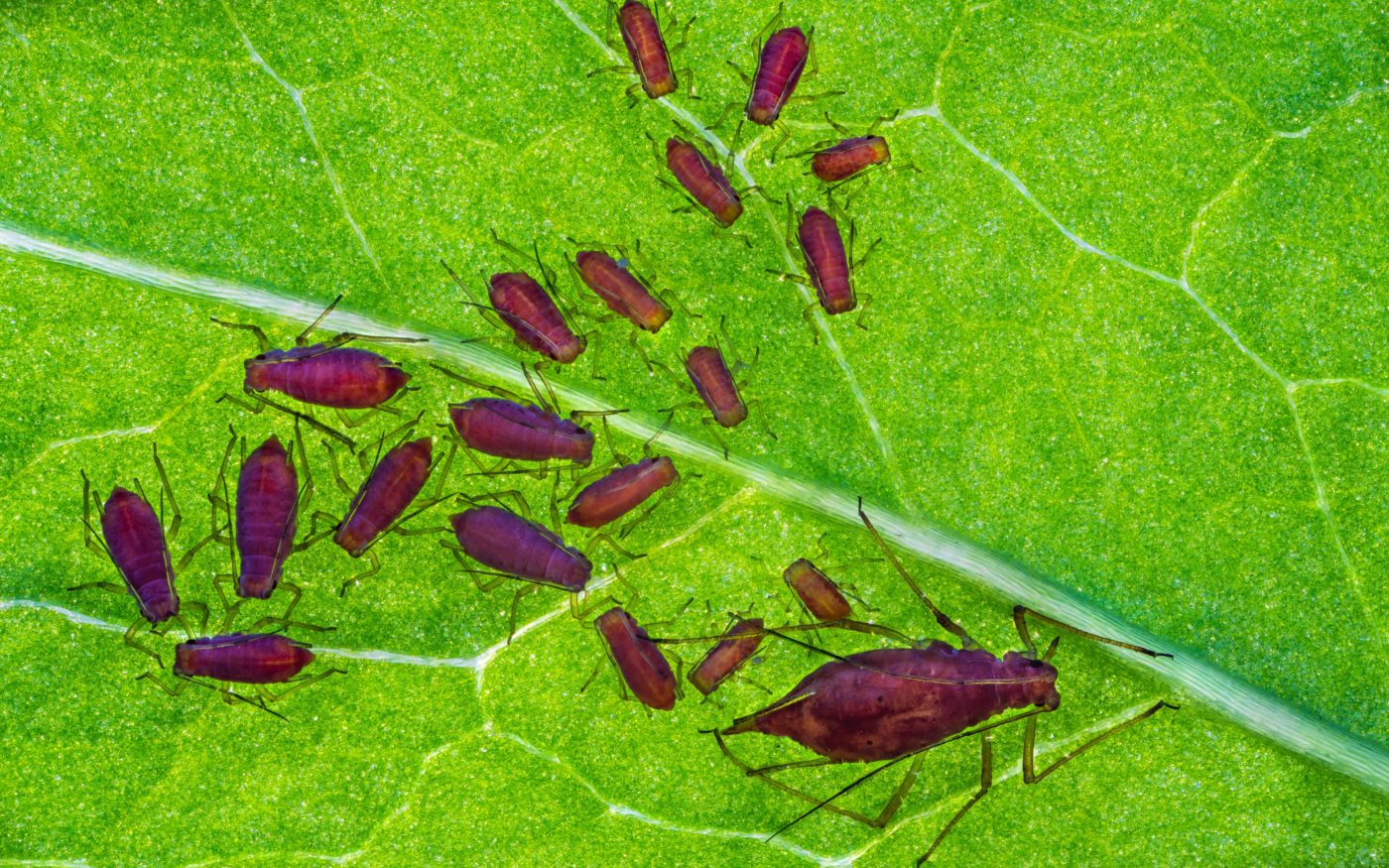Take your time
Try not to rush your photographs. There is a huge diversity of insects that can be photographed and each species has its own behaviour to take into account.
For example, if you would like to photograph an adult dragonfly, take the time to observe the insect’s hovering and perching spots. This considered approach will help to improve the quality of your photographs and you may learn something new about the insect too.
Experiment
Try experimenting with different camera angles, magnifications and directions of light. Photographs with the habitat in view can be just as astounding as close-ups.
Try shooting with different lenses if you have them, wide angle and telephoto can provide very different results using the same insect subject.

Consider the lighting
Photographing small insects can be a great opportunity to play with lighting.
Try and make the lighting look as natural as possible by combining some flash with the natural light available. Harsh lighting does not always make for a good image and photographs of insects can look really dramatic at dusk and dawn too. Insects often have iridescent body parts and transparent wings, a simple adjustment of lighting can really show off the subject to its best.
Choose the right insect
If you spend a longer amount of time on a single individual or species this will force you to think about new ways to shoot the insect and to consider the composition and lighting options available.
You may begin to notice the traits of your subject that most interest you, for example, the wings, the eyes, the way it is grasping a surface or even how it walks or flies.
At least to begin with, try and choose a bold species that doesn’t mind a flash and lens very close to it. For example, a timid fly might not be ideal but a bold and busy bee may not notice a photographer pursuing it from flower to flower.

Get close
Try photographing a small portion of an insect. For example, the scales on a butterflies wings, the jaws of a ground beetle or the eyes of a damselfly.
Find the hidden beauty in the insect and try and show the future viewers of your photograph what cannot be seen with the naked eye.
Don’t try and control the insect
The most interesting photographs are rarely those that have been taken of an insect enclosed in a dish, or worse still, chilled in a fridge to make them placid. Try to challenge yourself to get interesting images of insects in a natural environment, exhibiting their natural behaviours in their usual habitat.

Know your kit
Though many good photographs can be taken using conventional lenses, consider a macro lens. Macro lenses are designed to give the photographer great results up-close. They are expensive but can focus on insects from about 6cm away to infinity which makes macro lenses good for general shooting too.
There are some less expensive alternatives to a macro. For example, a close-up filter which screws onto the front of another lens, much like a filter. You may also wish to consider an extension tube which sits between the camera body and lens and makes detailed close-ups possible.
Use a tripod and flash
A well place tripod can prevent shaky photographs. If you have been patient and observed your subject for some time then setting up a shot from a tripod won’t be as restrictive as you might think. Using a flash is often the best way to light small subjects, such as insects.

Consider your focal point
The point of focus is very important when shooting small subjects like insects. You can dramatically alter the appearance of your final image by changing where you chose to focus. Even shifting the focus by a few millimetres can make or break a photograph.
Enjoy the process
Try and take in the environment and the behaviour of your chosen insect. Becoming better acquainted with your subject will often mean that the best photographic opportunities present themselves. You will learn about your own methods as well as learning about the insect itself.
Need more help?
Check out our Learning Resource from OM Systems and Olympus and their Guide to Insect Macro Photography.
